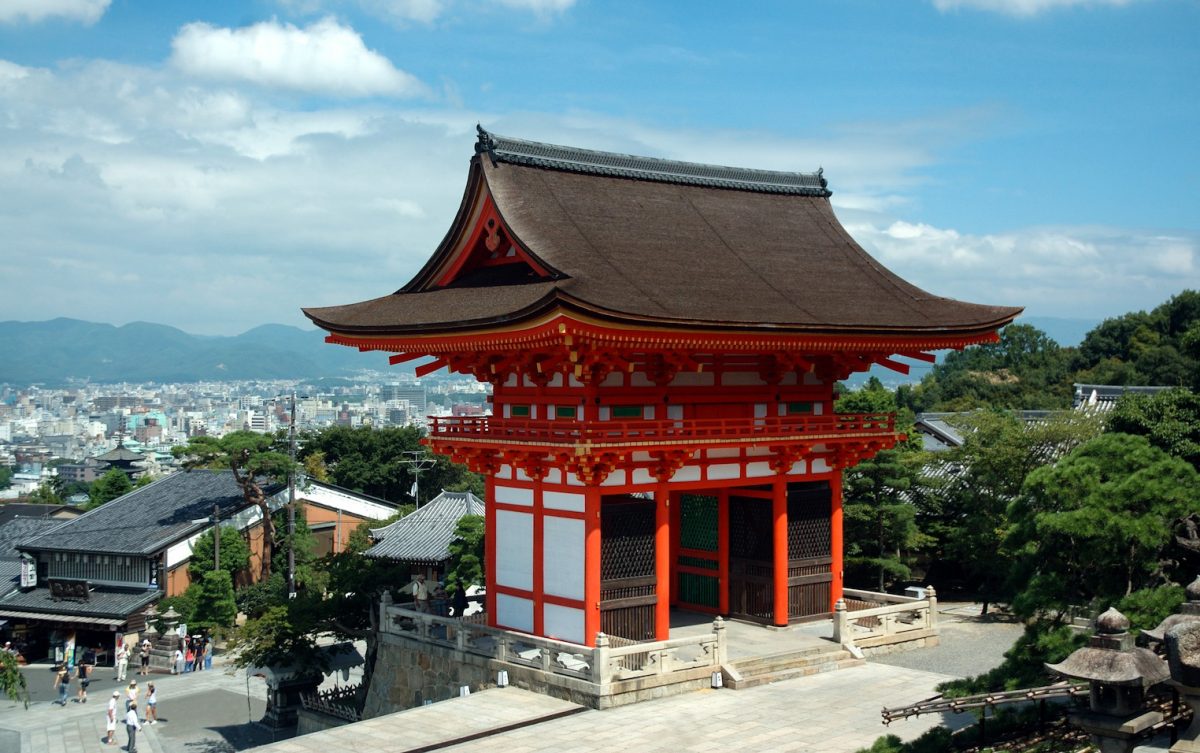Many first-time travelers choose to spend roughly two weeks in Japan to see and explore the best of the country.
That’s why we present you with an optimal 14 days itinerary and 13 nights, getting to know amazing places and experiences in Tokyo, Kyoto, Osaka, Hiroshima, Fukuoka, and even more!
Table of Contents
- 1 Day 1: First taste of Tokyo
- 2 Day 2: Relaxing Tokyo
- 3 Day 3: Last day in Tokyo
- 4 Day 4: Wonderful Kyoto
- 5 Day 5: Classic Kyoto
- 6 Day 6: Last day in Kyoto
- 7 Day 7: Nara day trip
- 8 Day 8: Amazing Osaka
- 9 Day 9: Last day in Osaka
- 10 Day 10: The history of Hiroshima
- 11 Day 11: Miyajima day trip
- 12 Day 12: Surprising Fukuoka
- 13 Day 13: Last day in Fukuoka
- 14 Day 14: Return to Tokyo
- 15 Other destinations
Day 1: First taste of Tokyo
Sensoji Temple – Harajuku – Shibuya Crossing
Refer to our “3 days in Tokyo” article, to learn more about how to exchange your Japan Rail Pass and use it on the Narita Express to get to Tokyo’s city center.
- A fantastic start of your 14 days in Japan would be to visit one of the most colorful and at the same time spiritual temples Tokyo has to offer – the Sensoji Temple. The location of the temple is in Asakusa, where you will also find an immense amount of tiny shopping streets with local treats and surprises.
- Do not miss on Harajuku, the freakiest, funniest, and most diverse neighborhood of Tokyo. This is the place where young people go wild in any fashion sense possible, the place where you will have the craziest shopping experience, and where you can see the drastic evolution of Japanese culture – from the classic temples filled with history to Harajuku – the fashion district.
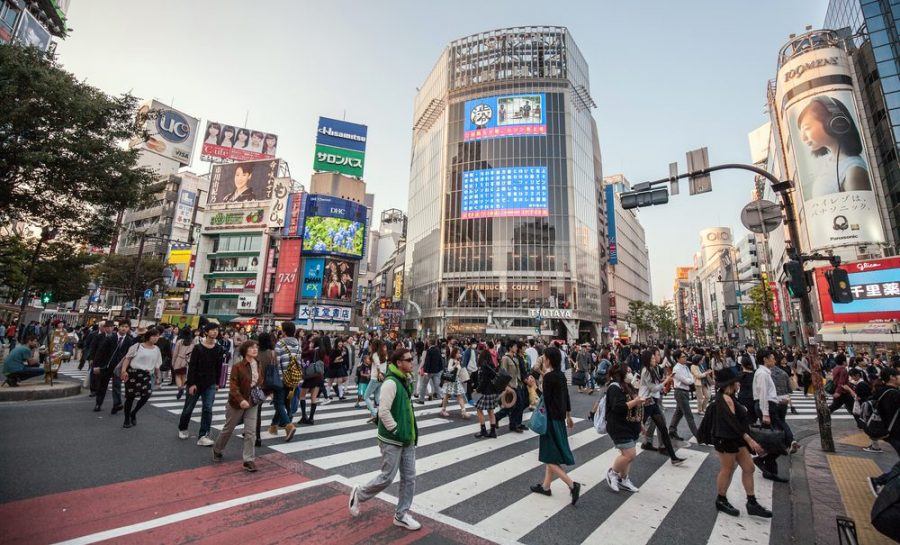
- And of course, Shibuya Crossing, the single most popular place to visit in Tokyo. Located in the very heart of the city (the Yamanote line passing by), Shibuya is the perfect location for submerging yourself completely into the Japanese culture and taking the most out of modern Tokyo.
Day 2: Relaxing Tokyo
Yanaka – Gyokurin-ji – Yanaka Cemetery
- Take a walk in the magnificent district of Yanaka – One of the very few places left in Tokyo, where the old spirit, traditional Japanese lifestyle, and tranquility have preserved their places over the decades. A very curious street within this region is Yanaka Ginza street. It is perfect for all cat lovers as the shops on this street are filled with the presence of these animals.
- Gyokurin-ji – One of the hidden treasures of the Yanaka district. Visit this ambient temple, which is home to an ancient chinquapin tree.
- Yanaka Cemetery – Surprisingly, the cemetery of Yanaka is a peaceful place, getting many people curious to see the everlasting grave of the famous Tokugawa Yoshinobu, the last of the Shoguns from the Edo Period.
Discover the 14-Day Value Pack itineraries
Day 3: Last day in Tokyo
Ryogoku Kokugikan – Robot Restaurant – Tokyo Skytree
- If you happen to be in the city during a sumo tournament, we strongly recommend not missing out on these events. The Ryogoku Kokugikan is one of the best arenas in the world to see a classical sumo fight for the first time.
- Robot Restaurant (Shinjuku stop on the Yamanote line) – The ultimate experience for anyone who hasn’t ever been served by giant robots, controlled by girls in bikinis! This unique experience has driven many international tourists crazy, always with the desire to come back for more.
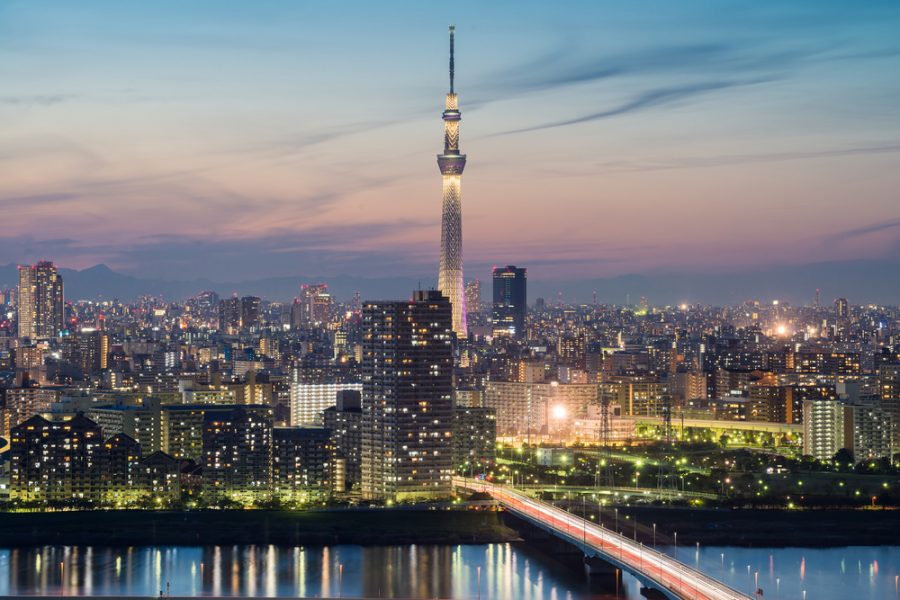
- After seeing the many different faces of Tokyo, the grand finale should include a view from up above, namely, from the Tokyo Skytree. This is the second tallest structure in the world (the tallest one is Burj Khalifa in Dubai), offering mesmerizing sights of the city by day, and magically-inspired views by night.
Day 4: Wonderful Kyoto
Higashiyama District, Kodaiji Temple and Maruyama Park
- An excellent way to begin your Kyoto adventure is by visiting the Higashiyama District. This historic place offers an authentic Kyoto atmosphere and has been very well preserved over the centuries. The old capital city of Japan is very well reflected between the Yasaka Shrine and the Kiyomizudera Temple, where the narrow streets and wooden shops will transport you across time.
- Kodaiji Temple – Located within the same area, this temple’s secret is the bamboo grove, located behind it. It is there where time stands still, and a stroll through the bamboo forest will feel like a unique experience.
- Maruyama Park – Because of its countless cherry trees, this park has quickly become one of the most famous destinations for tourists and locals during the cherry blossom period (last week of March – first week of April).
Day 5: Classic Kyoto
Saiho-ji, Funaoka Onsen and Okitsu Club
Kyoto was the capital of Japan for over a millennium. Even though the honour has now been granted to Tokyo, Kyoto remains a city of surprises for locals and newcomers alike. We recommended checking out the following on day 5:
- One of the most beautiful gardens in Japan is located on the grounds of the Saiho-ji temple. Designed in the 1339, these gardens are heart-shaped, forming a beautiful view and authentic ancient Japanese atmosphere.
- For a real ancient experience, we recommend visiting Funaoka Onsen – old but remarkably well-preserved saunas (indoors and outdoors), electric baths, stone-lined outdoor baths, herbal baths… There is no end to the pleasures and relaxation you can enjoy here. For a full experience, visit the Tahitchi restaurant nearby, for a warming bowl of miso soup.
- Okitsu Club Kyoto – If you wish to better understand Japanese culture, don’t think twice about visiting the Okitsu club. By providing a comprehensive introduction to the roots of traditional Japanese culture, this organization will help you feel part of the elegance and delicacy the old Japanese traditions stood for.
Day 6: Last day in Kyoto
Nishiki Market, Fushimi Inari and Nanzen-ji
- Nishiki Market – Fresh seafood, traditional Japanese cooking techniques, low prices, and a great location (3 min walking distance from Shijo Station; Karasuma or Kawaramachi Station) – this is easily the best place to enjoy the local cuisine.
- Fushimi Inari-Taisha – This magnificent shrine and the thousands of movie scenes dedicated to this particular place make the spot a must-see for many world travelers.
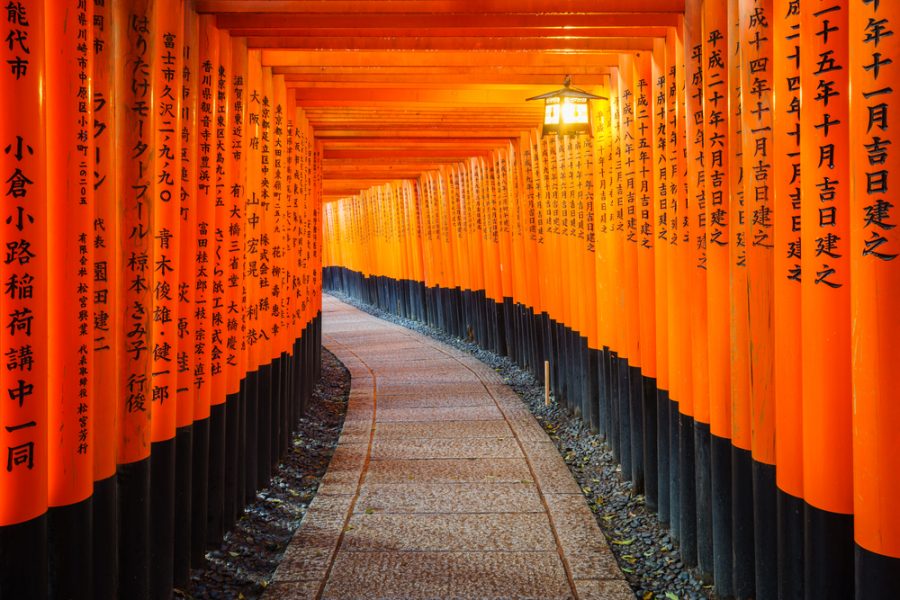
- Nanzen-ji – This great temple has played a significant role in the past centuries, has had the title “First Temple of the Land”, forms part of the five great Zen temples of Kyoto, and has been a part of the Kyoto landscape since 1291. The view is something everyone will appreciate for its glory and power.
Day 7: Nara day trip
Todai-ji, Nara-Koen park and Nara National Museum
- Probably the single most famous temple of Nara goes by the name of Todai-ji. It is where the Daibutsu (the Great Buddha; 14,98m tall; 500 tons) is located. Today the temple still preserves a significant number of national treasures while continuing to be treasure-house for traditional Buddhist rituals. Due to this, Japanese natives from all over the country come to this temple to pay their respects to the gods and send their prayers.
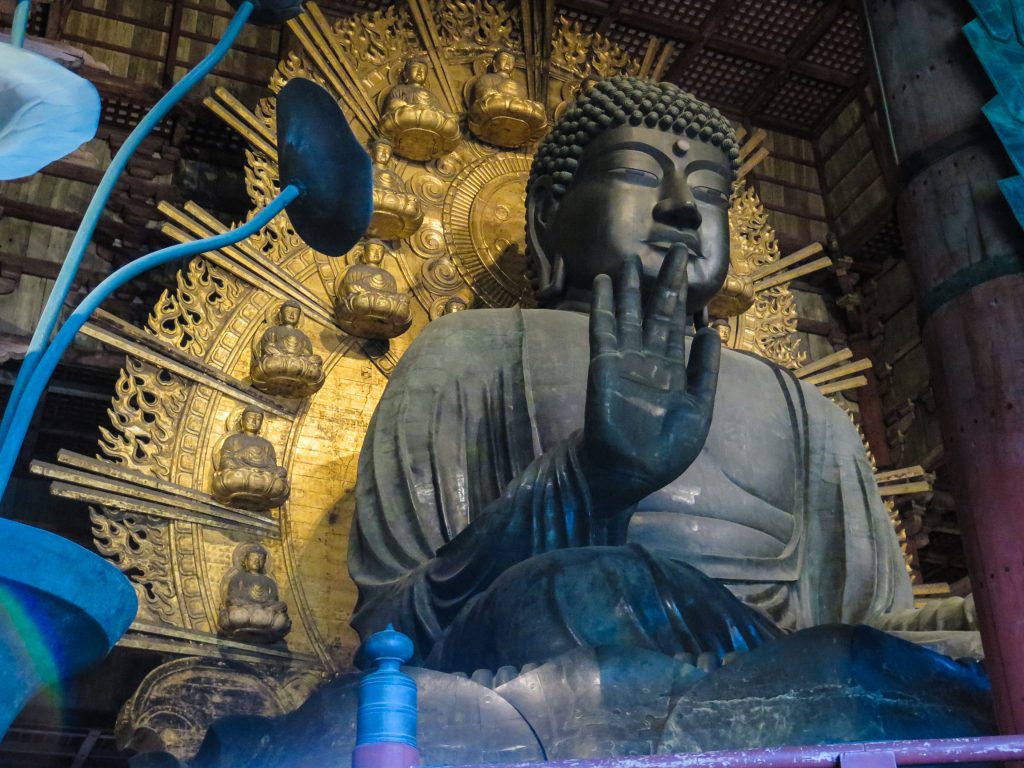
- The Nara-Koen park – A gorgeous green space that unites history, nature, peace, and wild deer! Don’t be scared of the animals, as the only thing they likely want from you is some food – however, be aware that once you feed them, they may follow you around!
- Nara National Museum – a place where you will be taught about the difference between the two types of Buddhist statues and their history. The Nara National Museum also offers permanent and temporary exhibitions of sculptures, painted art and calligraphy.
Day 8: Amazing Osaka
- Lifestyle Museum of Osaka – Located in a ten-story building, this museum offers the experience of Osaka in the 1830s, a typical street with shops, pharmacies, and ancient public baths. To make you feel like you are actually in the Edo period, the museum’s lights recreate the daytime as well as the atmosphere at night.
- Osaka-jo (Osaka Castle) – The construction of this castle started in 1583 by general Toyotomi Hideyoshi. He built it with the aim of showing everyone his power and employed over 100 000 workers for its construction. The lush grounds contain tea houses, secondary citadels, impressive gates, and over 600 cherry trees.
- Osaka Aquarium Kaiyukan – One of the world’s richest, biggest, and most impressive aquariums. We firmly recommend visiting it at least once, especially if you have kids in tow.
Day 9: Last day in Osaka
- Umeda Sky Building – One of the most emblematic buildings of the city, Umeda Sky is 40 stories high, with two twin towers that meet in the middle. This magnificent building offers a 360º view of Osaka from up above and is especially beautiful at night.
- Dotonbori – This is one of the most popular and essential tourist destinations in Osaka. A single street that represents a whole city, Dotonbori has something to offer everyone with its numerous little boutiques, curious shops, and tourist attractions.
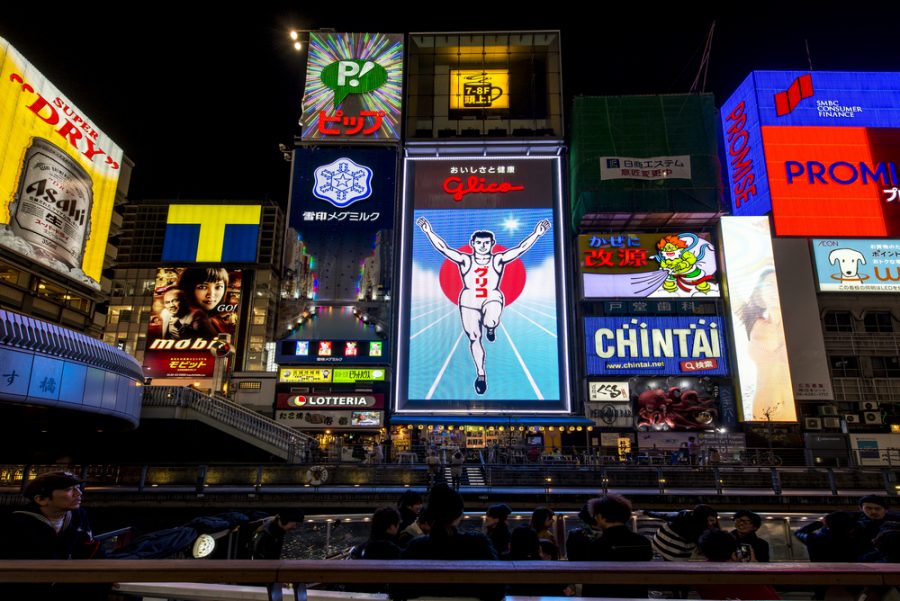
Neon lights in Dotonbori (Downtown Osaka) - Kuromon Ichiba Market – This is a giant indoor market, whose doors first opened in 1920. The market is located just 10 minutes’ walking distance away from Dotonbori, which makes it the perfect destination, after a long walk. There you will find everything from fresh/live seafood, fresh vegetables, and meat, making for a great meal after a tiring day.
Day 10: The history of Hiroshima
- Hiroshima Peace Memorial Park – This memorial park is dedicated to showing the world how peace can be achieved once again even after enduring a great amount of suffering. The Hiroshima Peace Memorial Park is surrounded by ample green spaces and clear waters; the area is very quiet and the A-Bomb Dome – the symbol of the peace city – is impressive, a powerful combination that will make you want to come back.
- Hiroshima Castle – The castle can be seen from almost any point of the city. To arrive, you will need to take a little walk up the hill and climb the stairs, leading to the gorgeous sight of the Hiroshima Castle – a place where you will be taken back to samurai times.
- Mitaki-dera Temple – This is one of the few still-hidden gems of the city. The temple was named after the three waterfalls located within its grounds. This is a place of peace and serenity, full of the beauty of nature.
Day 11: Miyajima day trip
- Miyajima – the Shrine Island. One of Japan’s most beautiful and popular destinations. Located just a ferry ride away from the coast of Hiroshima (and it can be reached with your JR Pass), this picturesque island offers spectacular views early in the morning, and during the day, as well as late at night.
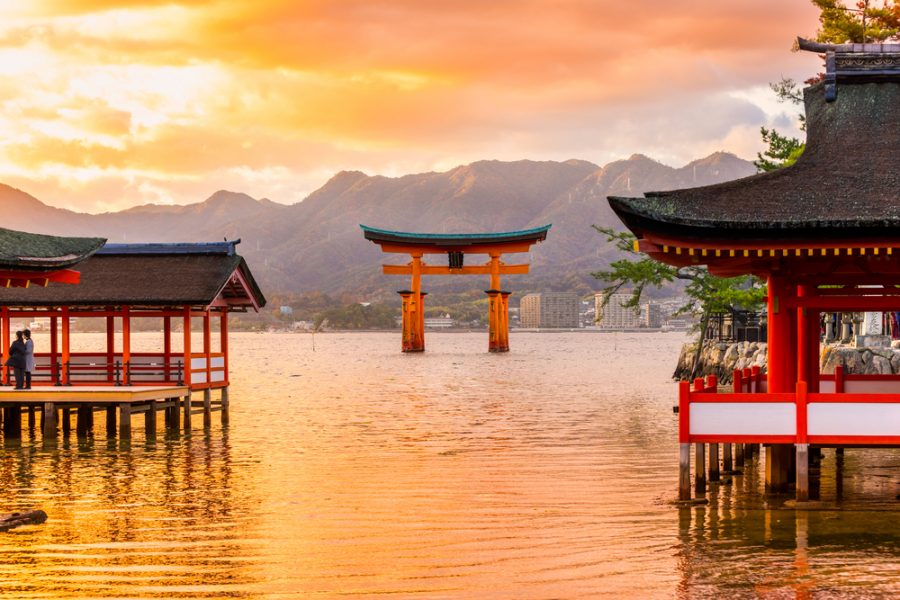
- Itsukushima Shrine – This floating shrine will leave you breathless during your visit. The centerpiece of this Japanese mastery is the Torii gate, which seemingly floats ain the bright blue waters. A single boat ride will make you feel as if time has stopped, by showing you the beauty and elegance of Japanese architecture.
- Momijidani Park – Take a walk and spend a few hours in this green wonderland. If you want to avoid the crowds, don’t follow the road going directly up to Mt Misen, but look for the signs indicating the smaller trail. Soon you’ll find yourself in beautiful forests made up of thousands of giant trees, which offer shelter on rainy days and a fresh breeze in the hot summer.
Day 12: Surprising Fukuoka
Fukuoka is a largely undiscovered gem that makes for a great final destination for your trip. Its highlights include:
- Ohori Park – Once a castle moat, this park has the design of a large water garden, around a beautiful pond.
- Fukuoka Castle Ruins – The area is also known as Maizuru Park , and includes the remains of a giant 17th-century castle.
- Gokoku Shrine – Located near Fukuoka Castle, the Gokoku Shrine is the city center of Fukuoka’s modern life. Always busy with Japanese rituals, festivals, and celebrations, this beautiful shrine will amaze you in any season.
Day 13: Last day in Fukuoka
- Tocho Ji Temple – one of the oldest temples of Japan, guarding a 30-ton Buddha and many rare objects that have been collected over the years.
- Kawabata Shotengai – This is one of the oldest streets in the city. Currently, a shopping attraction, going down this street will make you feel like you have gone back in time.
- Fukuoka Tower – Our classic recommendation for the last stop of your visit – an illuminated view from above the city of Fukuoka. In Japan, it has become very popular to meet for a date at such high spaces, which is why this particular tower has an area called Lover’s Sanctuary. Couples can have their names/initials carved on lockets here.
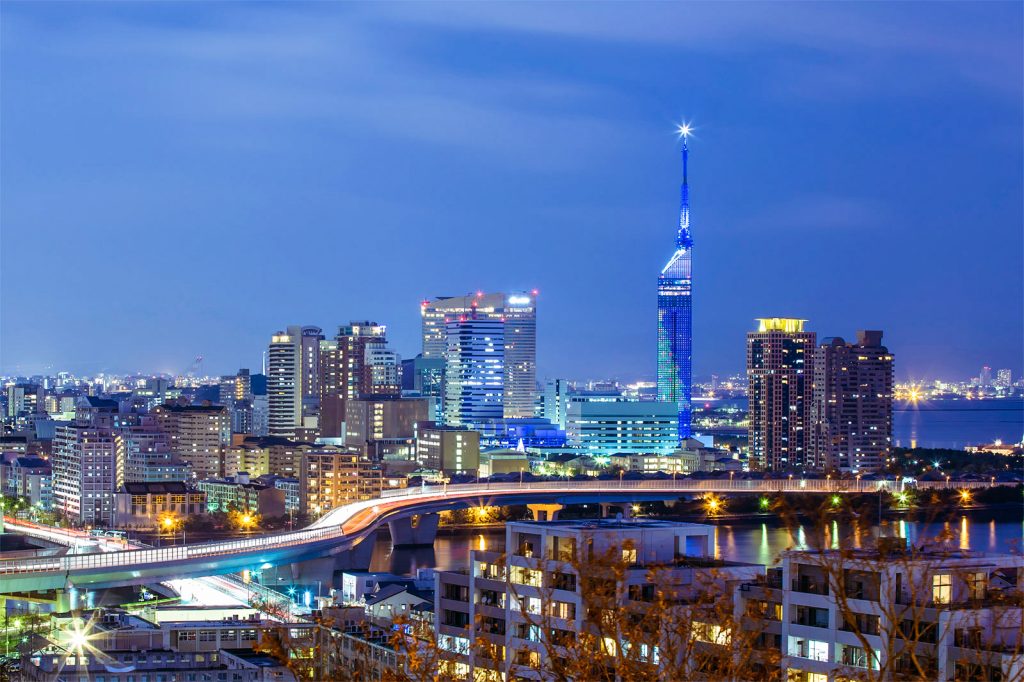
Day 14: Return to Tokyo
Finally, on the last day, we suggest you just sit back and relax on your bullet train seat toward the Tokyo airports and on your journey back home.
Note: Don’t forget you can use your Japan Rail Pass to take the Narita Express for free. Make sure to reserve your seats before boarding.
Other destinations
For further information about other possible destinations like Nikko, Kamakura, Takayama, Kanazawa, Hakone or Mount Fuji, please check our other articles:
